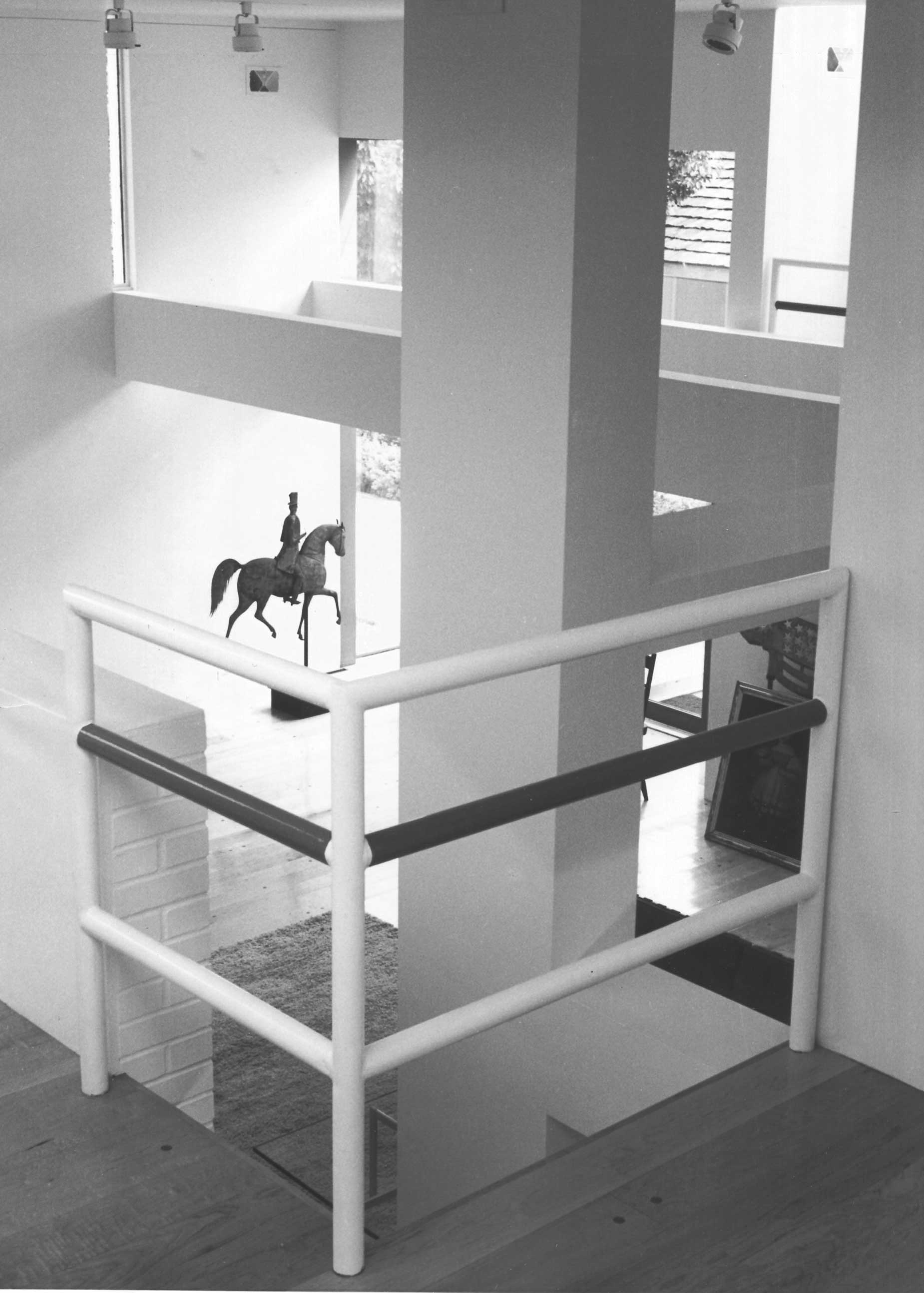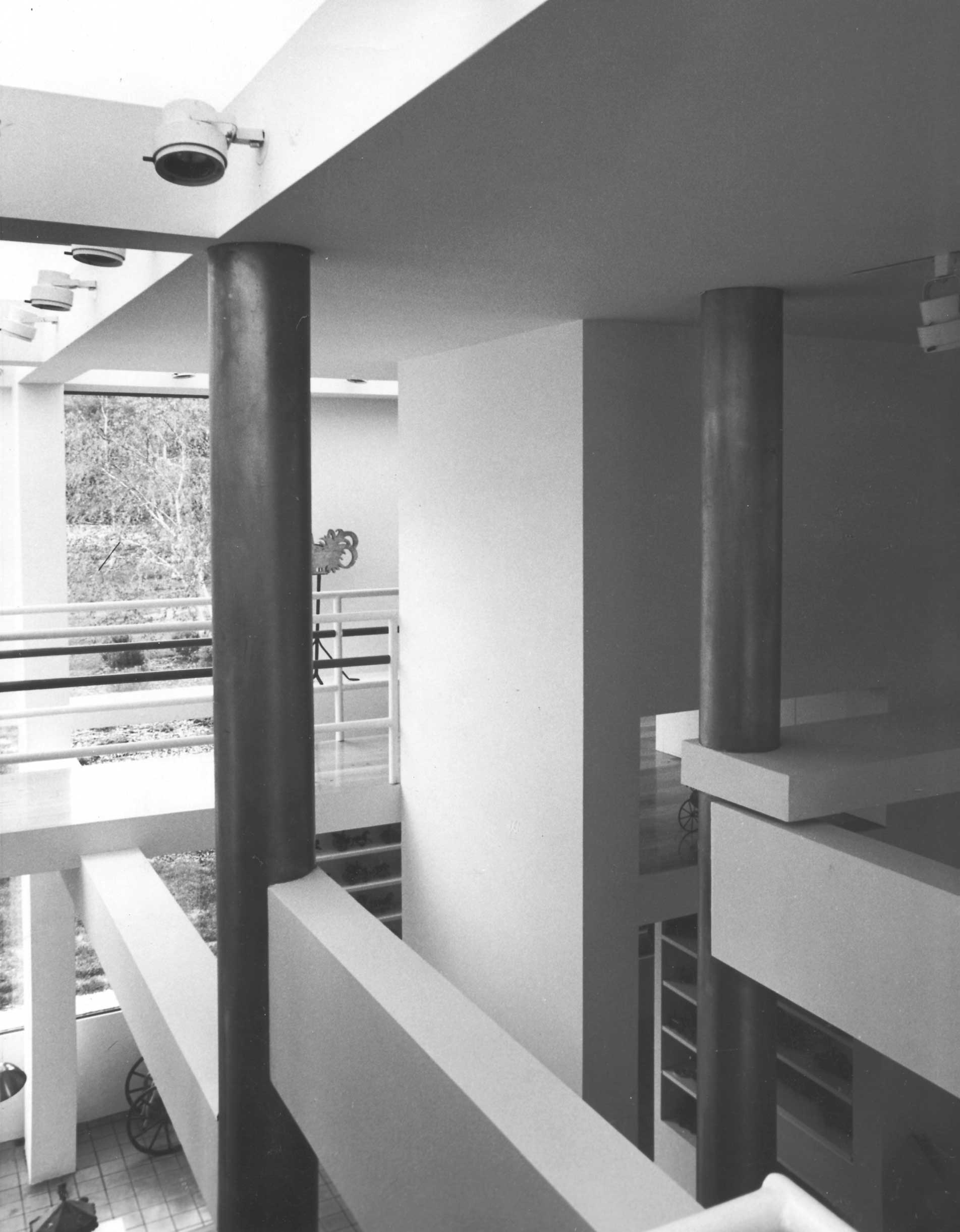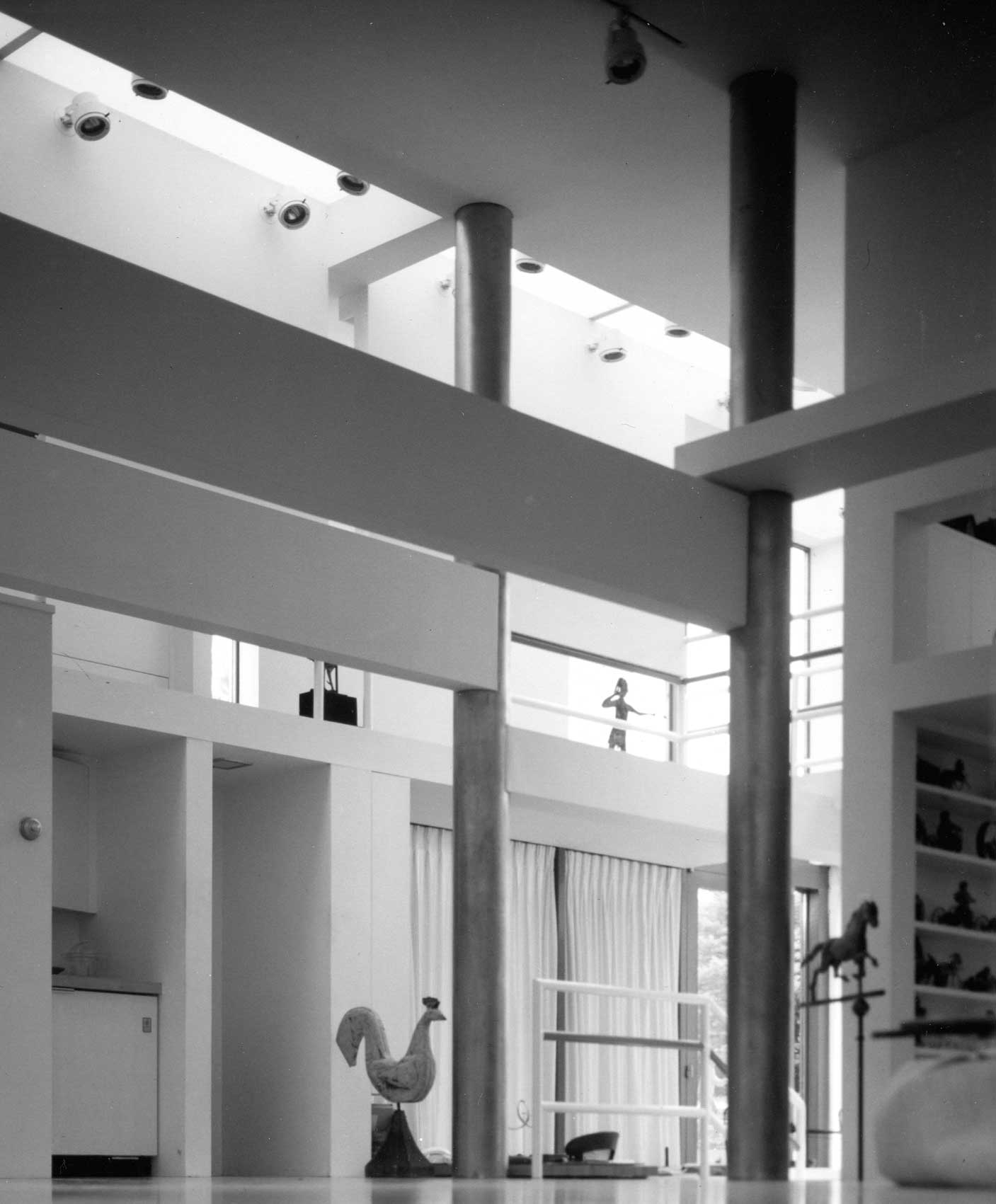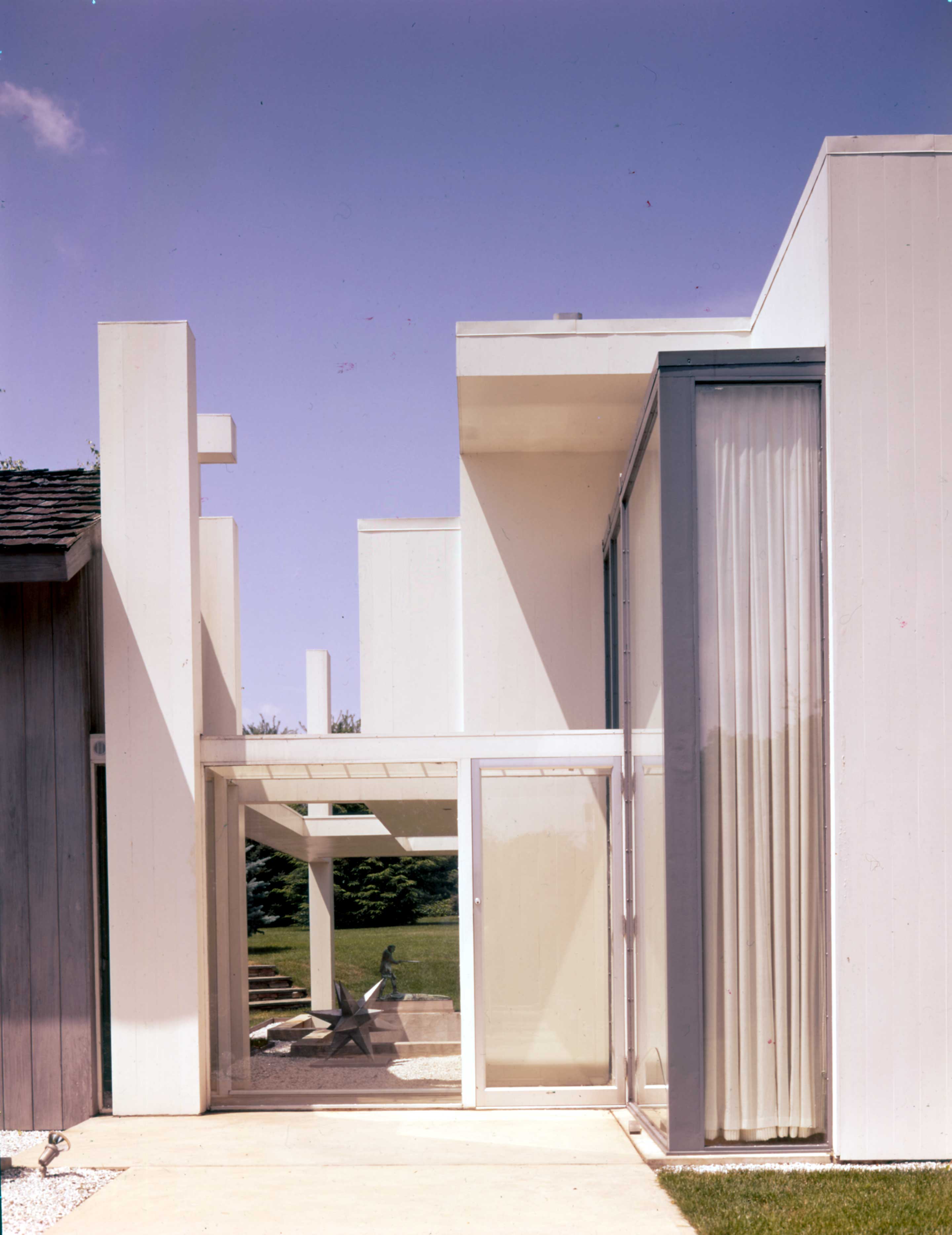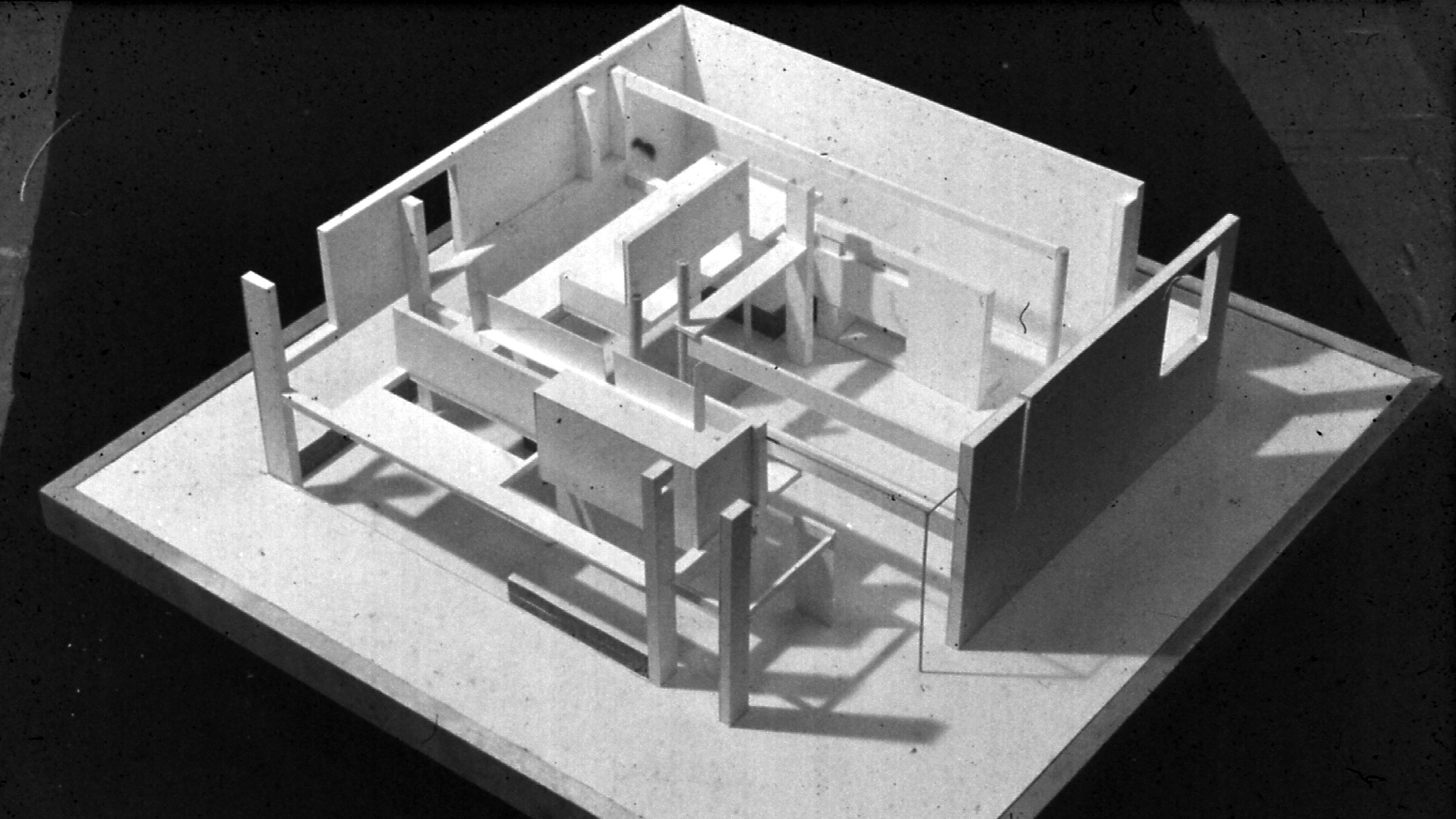
HOUSE I
Location: Princeton, New Jersey
Year: 1967-1968
One
way to produce an environment in which it is possible to distinguish between
what is actual and what is implied, and thus with the potential to accept or
give a more precise or richer meaning, would be to understand the nature of the
structure of form itself, as opposed to the relationship of form to function
and form to meaning; to determine whether a physical environment possesses
within its formal structure a potential for such communication, which at present
is unavailable to designer or users. This is the thesis presented in House I,
also called the Barenholtz Pavilion.
House I posits an alternative to existing conceptions of spatial organization. The attempt was, firstly, to find ways in which form and space could be structured so that they produce a set of formal relationships that is the result of the inherent logic in the forms themselves. And, secondly, to find a more precise control of the logic inherent in the relationships of form so that it may be invoked and understood in a way that is neither accidental nor tangential to the conception of the work. Thus, House I was an attempt to conceive of and understand the physical environment in a logically consistent manner, potentially independent of its function or its meaning.
Such a conception of design seeks to change the primary intention from the perceptual level to the level of implied meaning, and thus to what is called here the deep structure. This intention – the capacity to understand, as opposed to experience – does not depend entirely on the observer’s particular cultural background, our subjective perceptions, or our particular mood at any given time, all of which condition our experience of an actual environment. Deep structure, when combined with perceptible physical reality, has the potential to make available a new level of information.
House I posits an alternative to existing conceptions of spatial organization. The attempt was, firstly, to find ways in which form and space could be structured so that they produce a set of formal relationships that is the result of the inherent logic in the forms themselves. And, secondly, to find a more precise control of the logic inherent in the relationships of form so that it may be invoked and understood in a way that is neither accidental nor tangential to the conception of the work. Thus, House I was an attempt to conceive of and understand the physical environment in a logically consistent manner, potentially independent of its function or its meaning.
Such a conception of design seeks to change the primary intention from the perceptual level to the level of implied meaning, and thus to what is called here the deep structure. This intention – the capacity to understand, as opposed to experience – does not depend entirely on the observer’s particular cultural background, our subjective perceptions, or our particular mood at any given time, all of which condition our experience of an actual environment. Deep structure, when combined with perceptible physical reality, has the potential to make available a new level of information.
Concept
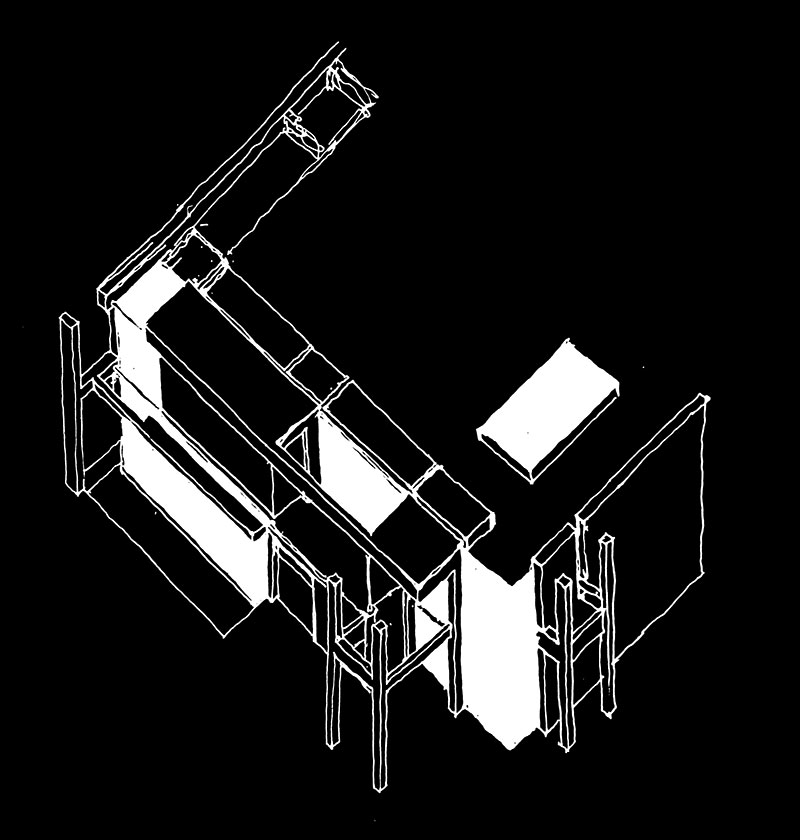

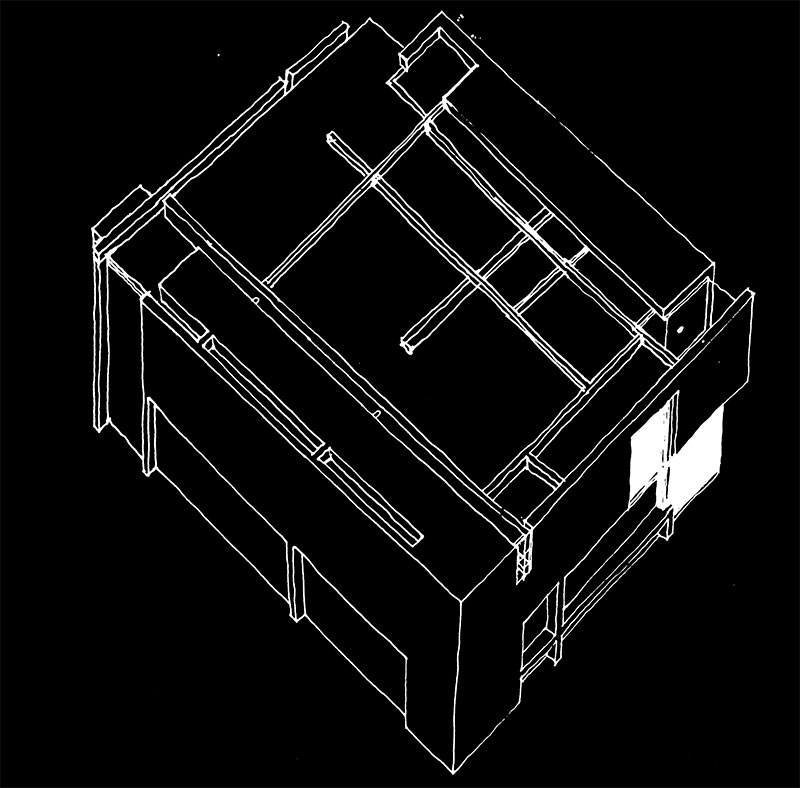
Drawings
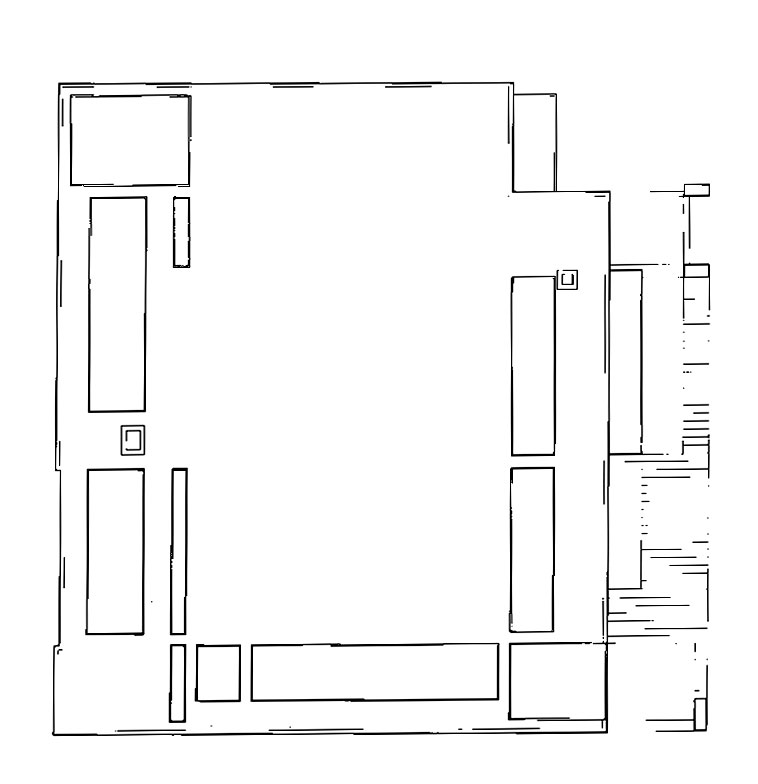
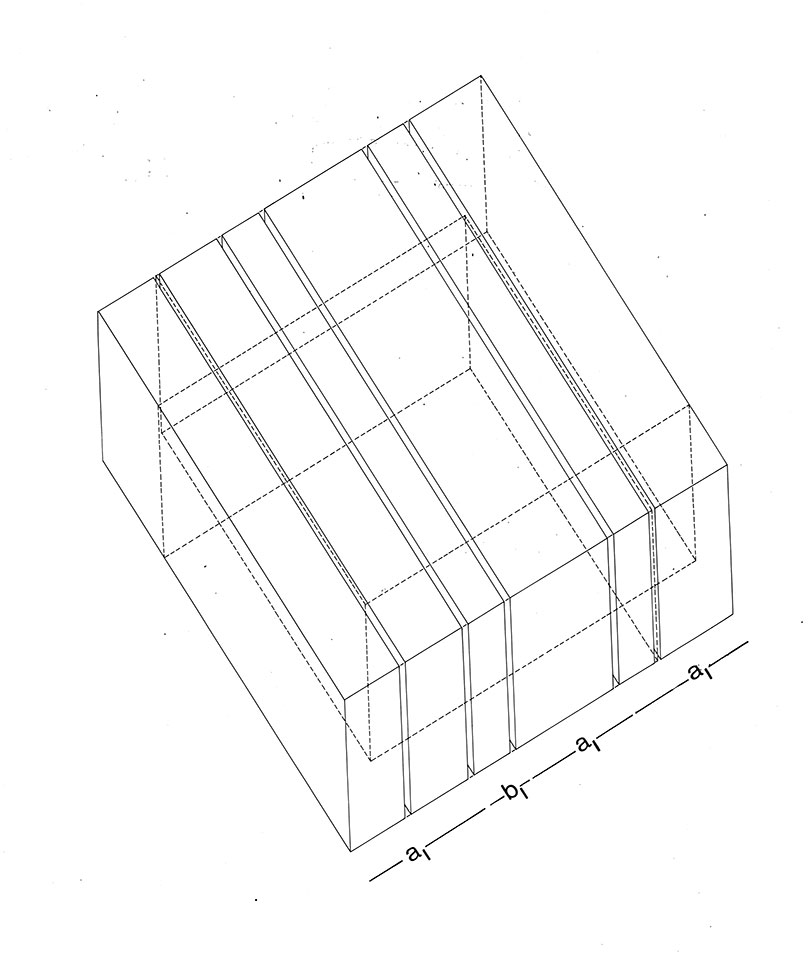
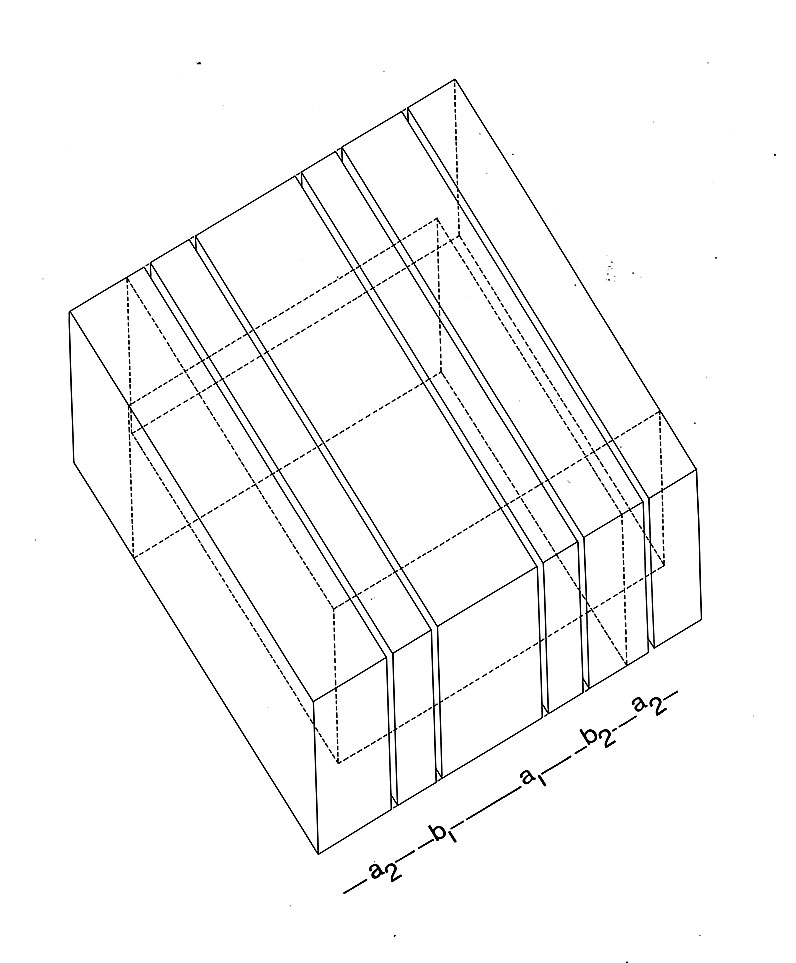
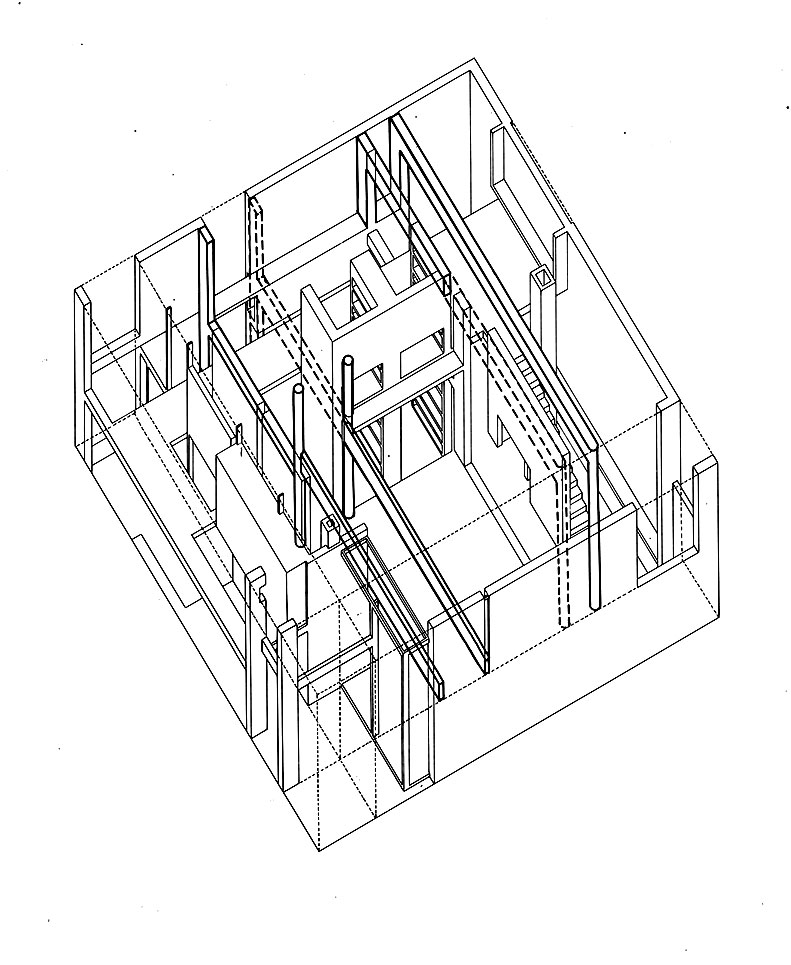
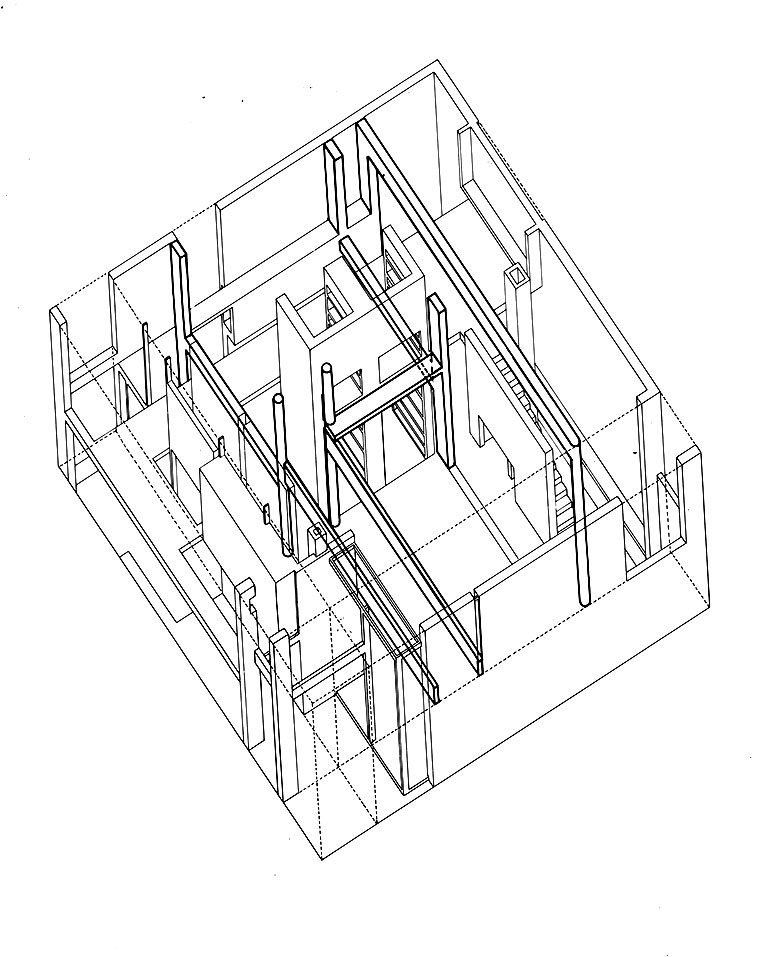
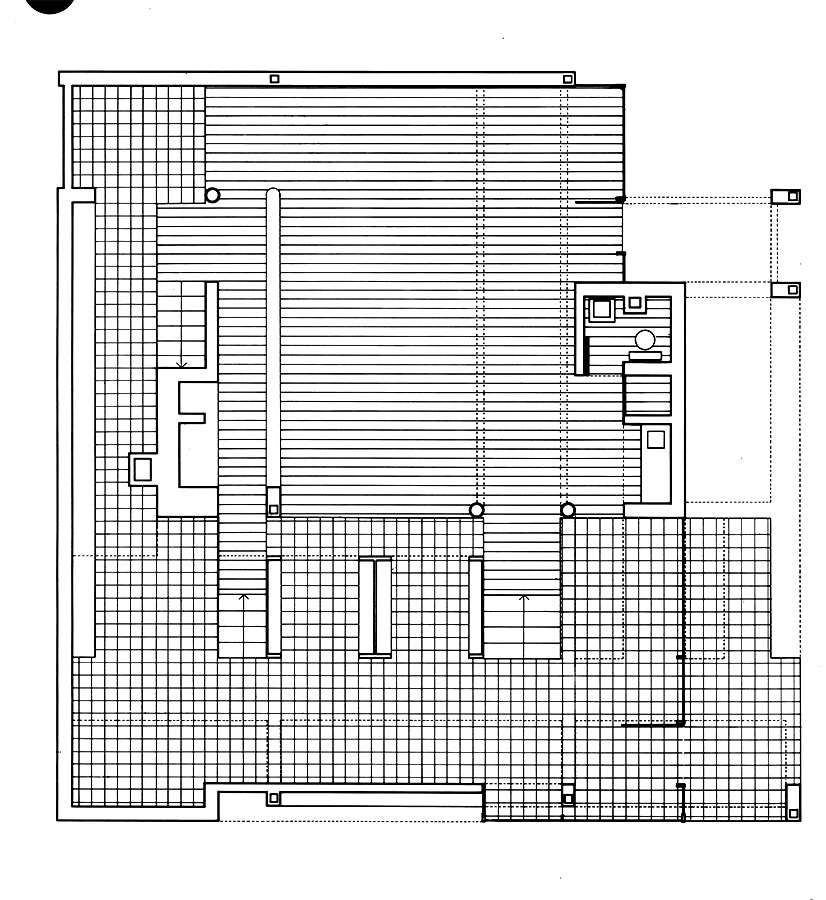
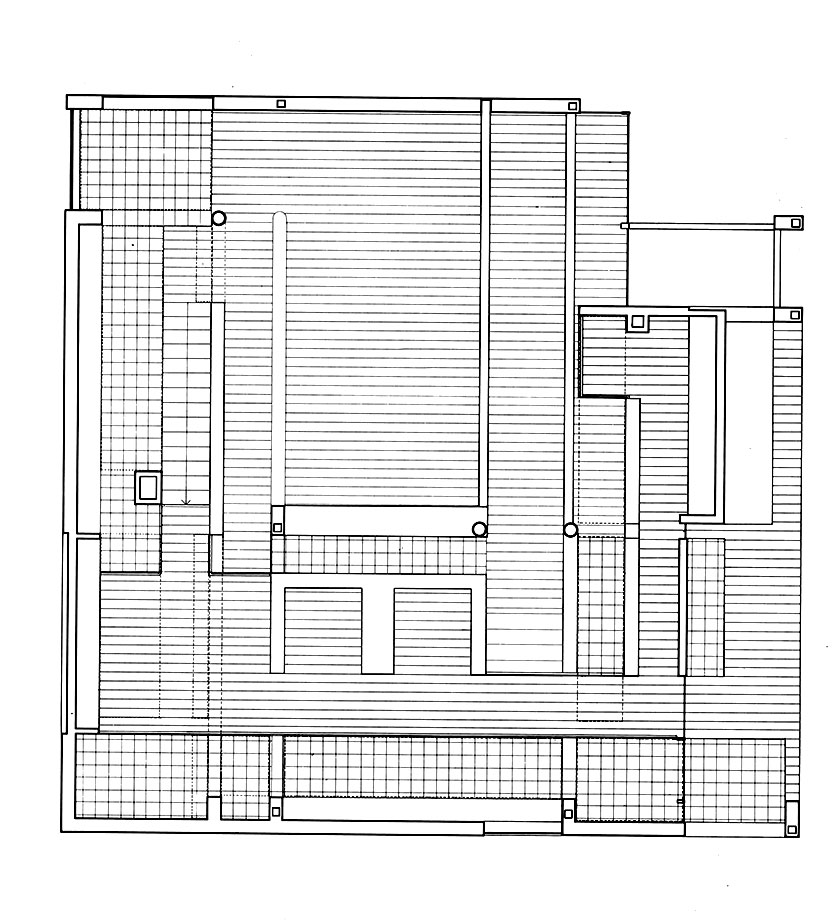
Model photos
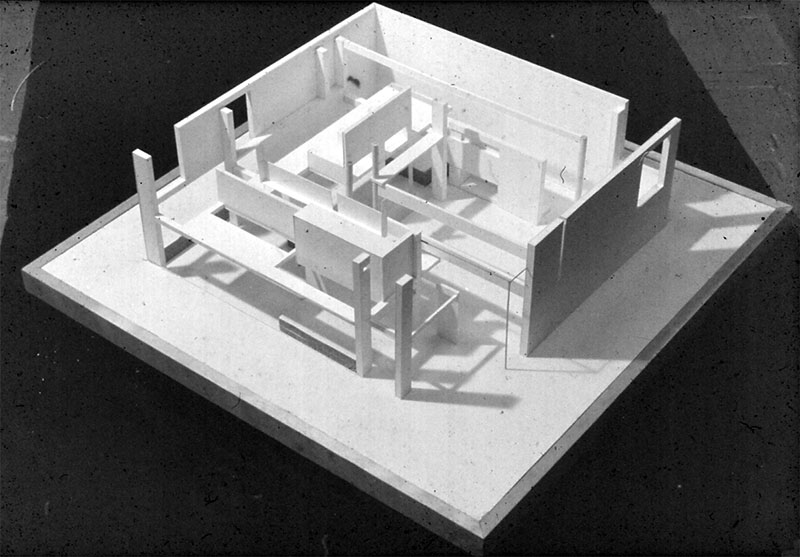
Photos

